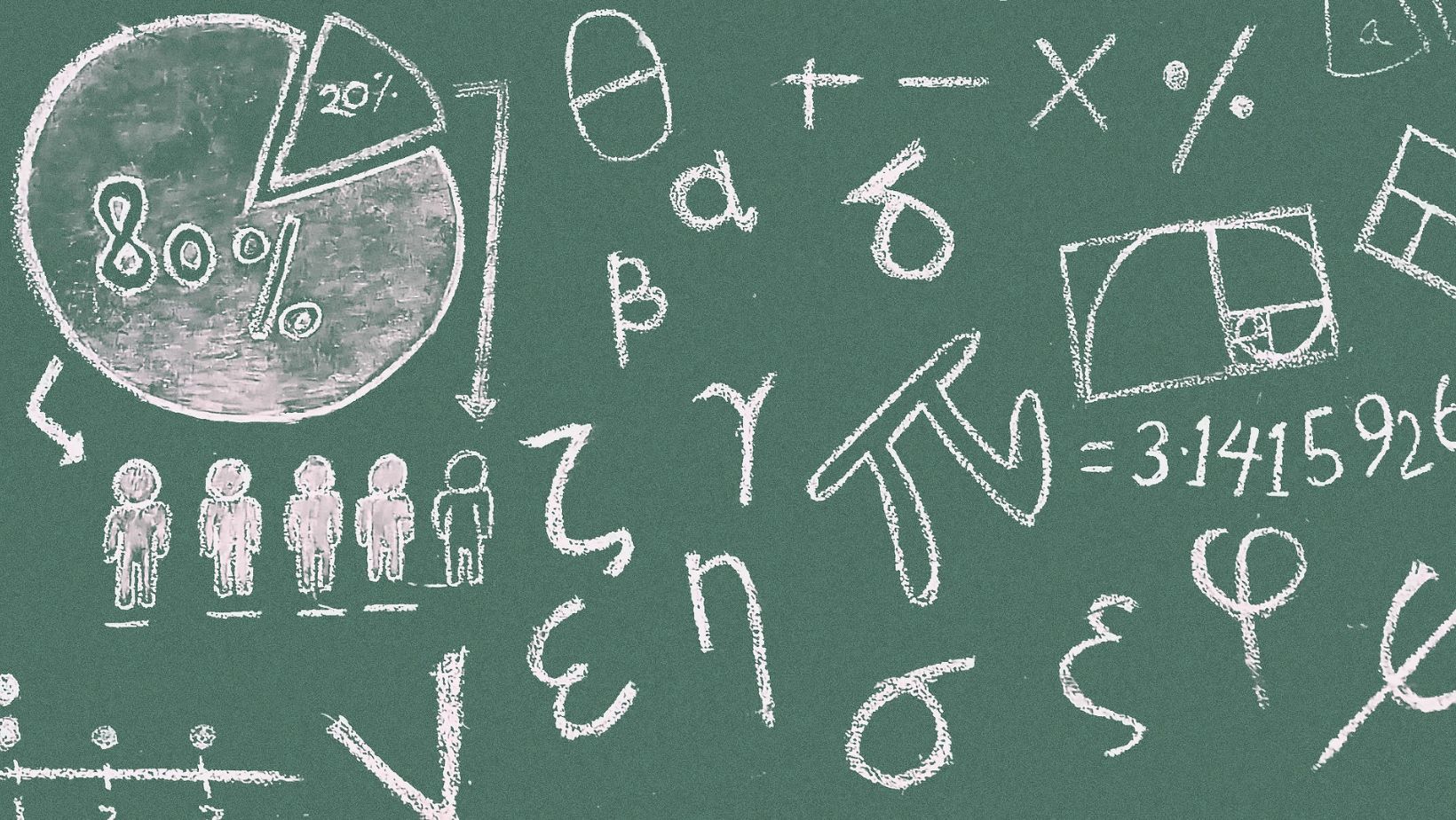Satta Matka, a popular form of lottery in India, has captivated players for generations with its unique blend of chance and strategy. You could practically say it’s an Indian tradition, every day, millions of Indians check the newspapers or go online to see the latest Satta Matka result. While many perceive it as purely luck-based, there’s a fascinating mathematical foundation that underlies this traditional game. Understanding these principles can provide players with valuable insights and potentially enhance their approach to this age-old betting system.
The Mathematical Framework of Satta Matka
Random Number Generation
At its core, Satta Matka relies on a series of random number selections. Originally based on cotton price fluctuations from the New York Cotton Exchange, the modern game employs a simpler system: three random numbers between 0-9 are selected, added together, and the last digit of this sum becomes the result.
For example, if the numbers 2, 5, and 7 are drawn, their sum equals 14, making the final digit 4. Most legitimate operators now use computerised random number generators to ensure fair play, though the mathematical principles remain unchanged.
Probability Fundamentals
Probability theory forms the backbone of Satta Matka. Each individual number has approximately a 1-in-10 chance of being selected in any position. The basic probability calculation follows this formula:
Probability of specific outcome = Number of favorable outcomes ÷ Total possible outcomes
This creates an interesting mathematical landscape where skilled players track frequency distributions to identify potential patterns in what appears to be random selections.
Statistical Analysis and Pattern Recognition
Advanced players employ various statistical methods to analyze Matka results. 
Frequency Analysis and Distribution Patterns
One common approach involves tracking which numbers appear most frequently (hot numbers) versus those that rarely appear (cold numbers). This data-driven strategy relies on the law of large numbers, suggesting that over time, all digits should appear with roughly equal frequency.
Historical Data Examination
Matka charts serve as essential tools for pattern recognition. These comprehensive records display:
* Open numbers (first draw)
* Close numbers (second draw)
* Jodi (the pair formed by combining results)
Experienced players meticulously analyze these charts to identify cycles, sequences, or correlations that might provide predictive value. While each draw remains independent from a probability standpoint, human pattern recognition sometimes reveals subtle tendencies in the seemingly random results.
Advanced Strategies and Modern Approaches
The digital transformation of Satta Matka has revolutionized how players approach the game. With the advent of online platforms, sophisticated analytical tools have become increasingly accessible.
| Strategy Type | Description | Effectiveness |
| Frequency Analysis | Tracking which numbers appear | Moderate |
| Cycle Detection | Identifying repeating patterns in draws | Limited |
| Bankroll Management | Setting strict betting limits | High |
| Panel Chart Method | Analyzing groups of numbers | Moderate |
| Diversified Betting | Spreading wagers across multiple options | High |
Technology’s Role in Prediction
Artificial intelligence and machine learning algorithms now allow for complex pattern analysis beyond human capability. These technologies can process millions of historical results to identify subtle correlations and potential predictive factors. While no algorithm can guarantee success in a game with random elements, these tools provide players with enhanced analytical capabilities.
Mobile applications have also transformed the Matka experience, offering:
1. Real-time result notifications
2. Historical data analysis tools
3. Pattern recognition assistance
4. Community insights and trends
Despite these technological advances, it’s crucial to remember that each draw remains an independent event, and past results don’t guarantee future outcomes.
Risk Management and Responsible Play
The most successful Matka players understand that disciplined bankroll management outweighs any predictive strategy. Setting strict betting limits, avoiding emotional decisions, and maintaining a long-term perspective are essential practices.
Common pitfalls to avoid include:
- The gambler’s fallacy (believing a number is “due” to appear)
- Chasing losses by increasing bet sizes
- Ignoring mathematical probabilities in favor of superstition
- Playing beyond predetermined financial limits
Taking regular breaks helps maintain clear decision-making and prevents the development of problematic gambling behaviours. The most sustainable approach combines mathematical understanding with disciplined play.
The Future of Satta Matka Analysis
Looking ahead, Satta Matka will likely continue evolving alongside technological advancements. Blockchain technology may enhance result transparency, while more sophisticated AI tools could democratise access to complex statistical analysis.
By 2025, we can expect to see:
- More advanced mobile analytics platforms
- Cloud-based collaborative prediction systems
- Enhanced visualization tools for pattern recognition
- Potential regulatory frameworks in certain regions
While the mathematical foundation of Satta Matka remains constant, our ability to analyse and interpret these principles continues to advance. Players who combine an understanding of the game’s mathematical underpinnings with responsible gambling practices will be best positioned to navigate this traditional yet evolving form of entertainment.
Whether you’re a casual player or dedicated enthusiast, appreciating the science behind Satta Matka adds a fascinating dimension to this cultural phenomenon. Just remember that regardless of mathematical insights, the element of chance remains an inescapable part of the game’s enduring appeal.




